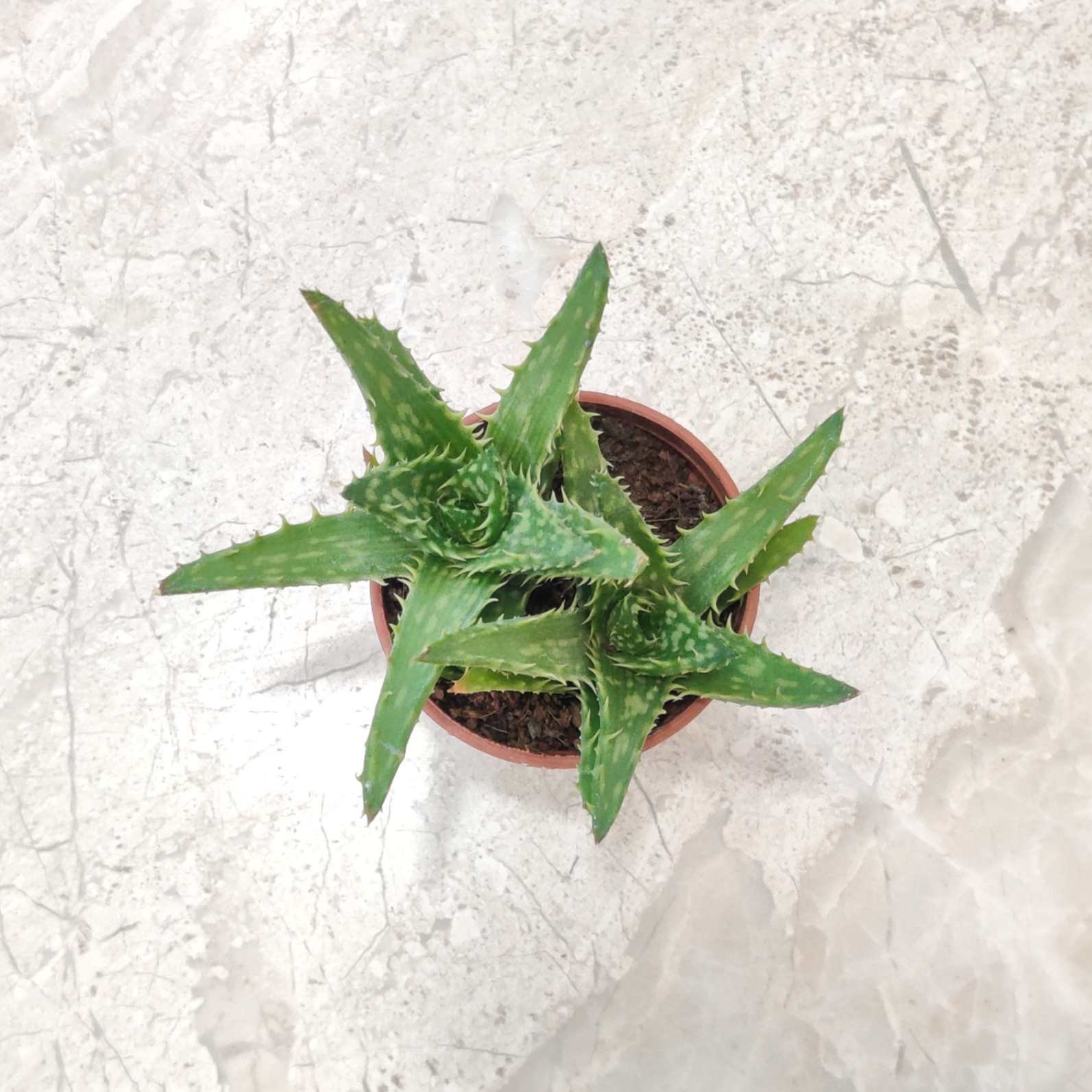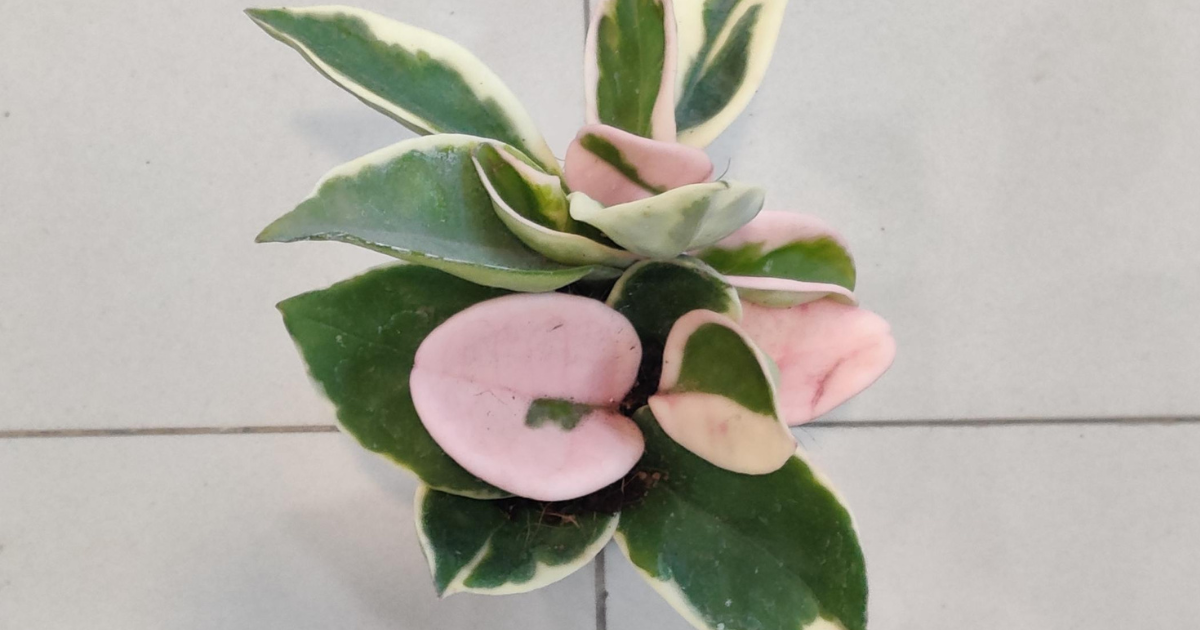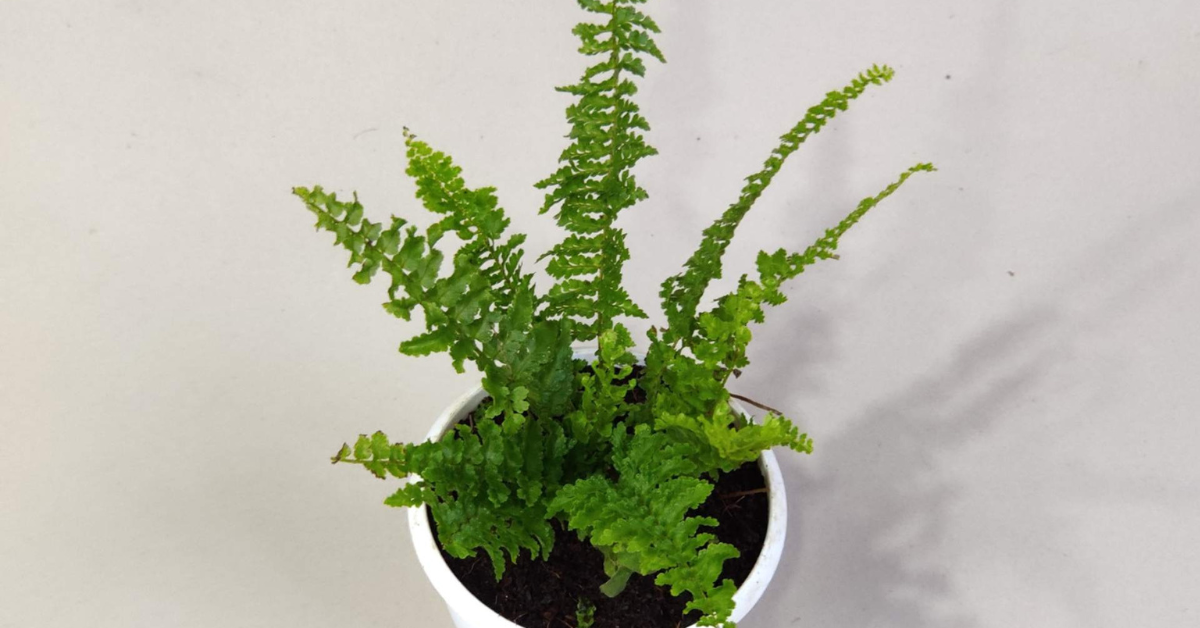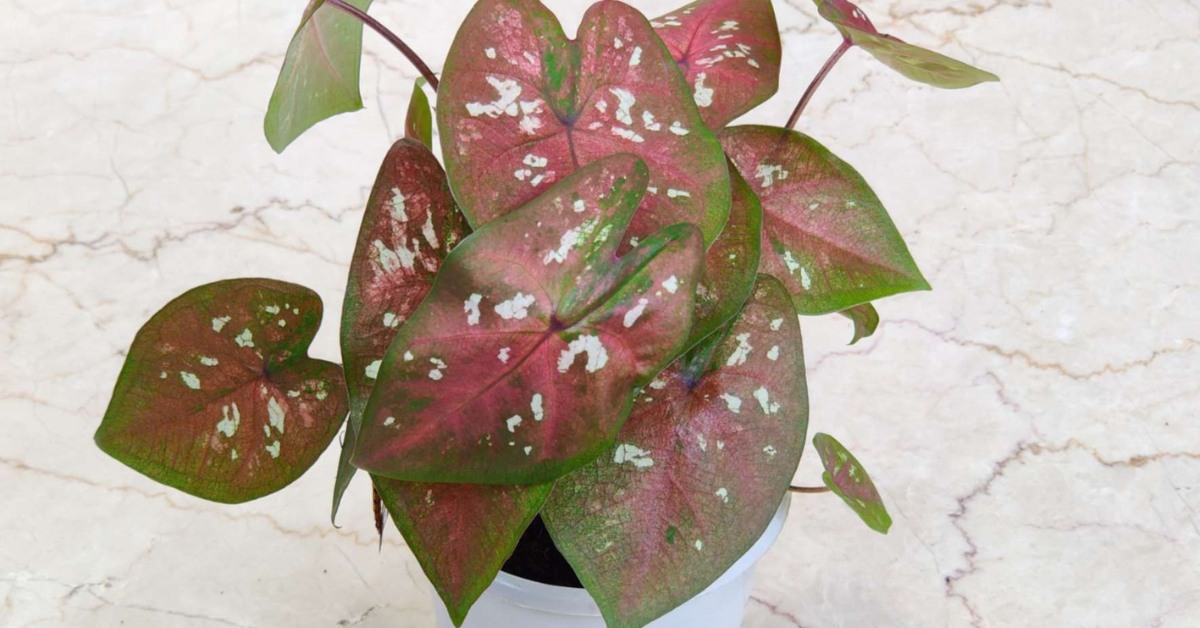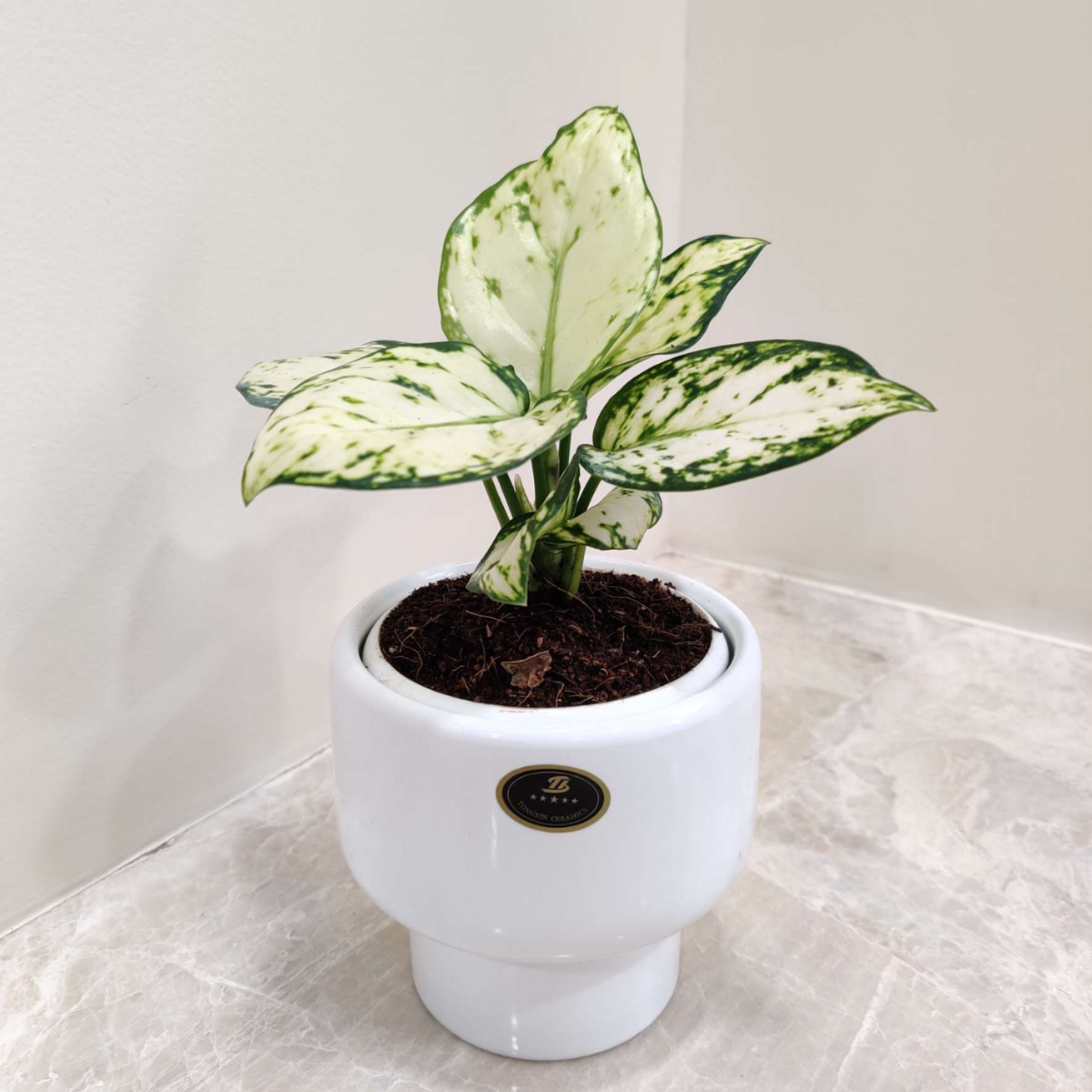If you’re searching for a plant that blends natural beauty, resilience, and wellness benefits, look no further than the Aloe Juvenna Plant, popularly known as Tiger Tooth Aloe. With its eye-catching spiky leaves, compact rosette growth, and hardy nature, this succulent isn’t just another decorative plant—it’s a statement piece that brings both charm and function to your space.
Native to the rocky highlands of Kenya and Tanzania, Aloe Juvenna thrives in tough conditions, making it one of the most low-maintenance succulents you can grow. Whether you’re a seasoned plant enthusiast or a complete beginner, its forgiving care requirements and unique architectural form make it an excellent choice.
But Aloe Juvenna isn’t only about good looks. From its skin-soothing properties to its ability to refresh indoor air and its versatility in both indoor and outdoor settings, this plant offers much more than meets the eye.
In this comprehensive guide, we’ll cover everything you need to know about Tiger Tooth Aloe—from its origins and benefits to detailed care tips, propagation methods, styling ideas, and solutions to common problems. By the end, you’ll not only understand how to keep your Aloe Juvenna thriving but also how to make it a centerpiece of beauty and well-being in your home or garden.
What Is Aloe Juvenna? (Tiger Tooth Aloe Plant Overview)
Aloe Juvenna, commonly known as the Tiger Tooth Aloe, is a unique succulent belonging to the diverse Aloe genus. Native to the rocky highlands of Kenya and Tanzania, this striking plant has become popular worldwide as an indoor succulent plant due to its compact size, ornamental appeal, and easy-care nature.
Unlike the more widely known Aloe vera, Aloe Juvenna is prized mainly for its decorative value rather than medicinal use. Its stacked rosettes, sharp-looking edges, and vibrant green foliage make it an ideal choice for small spaces, tabletops, balcony gardens, or mixed succulent arrangements.
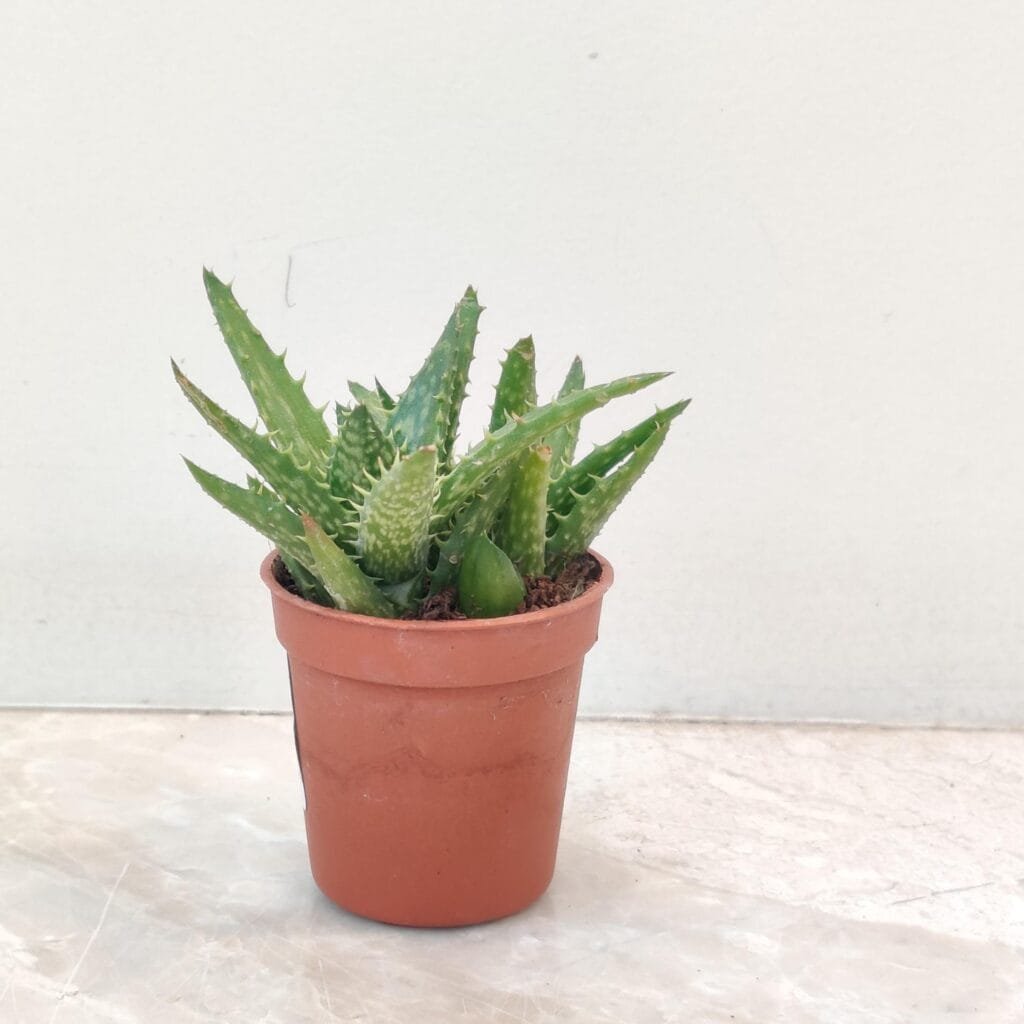
Key Characteristics of Aloe Juvenna (Tiger Tooth Aloe):
- Appearance: The plant features bright green, triangular, fleshy leaves dotted with white spots and edged with tooth-like serrations. While they look spiky, the edges are not sharp or prickly, making the plant safe to handle.
- Leaf Formation: Aloe Juvenna leaves grow in dense, stacked rosettes, giving the plant an architectural, sculptural look that stands out in any indoor succulent collection.
- Size: Typically, Aloe Juvenna grows up to 16–20 cm tall in a 4-inch diameter pot, though mature plants can expand into larger clusters over time when given space.
- Growth Habit: It is a slow-growing succulent, but with patience, it forms dense clumps and offsets (“pups”), making it excellent for container gardens, succulent arrangements, and decorative displays.
- Coloration: Under bright sunlight, the green leaves may develop reddish-brown hues, adding to the plant’s ornamental appeal.
This spiky yet charming succulent is aptly named Tiger Tooth Aloe because of its serrated leaf edges, which resemble the teeth of a tiger. Compact, hardy, and versatile, Aloe Juvenna is one of the best low-maintenance succulents for homes, offices, and small gardens.
Benefits of Aloe Juvenna
Beyond its striking appearance, Aloe Juvenna offers several practical and aesthetic benefits:
1. Skin Health
Like its cousin Aloe vera, Aloe Juvenna contains gel-like sap with skin-soothing properties.
2. Air Purification
As a succulent, Aloe Juvenna absorbs carbon dioxide and releases oxygen during the day, improving indoor air quality. This contributes to a healthier, fresher living environment.
Note: Unlike some plants (such as Snake Plant), Aloe Juvenna does not release oxygen at night.
3. Low Maintenance
Tiger Tooth Aloe is an excellent beginner plant. It’s drought-tolerant, resilient, and thrives even if you occasionally forget to water it.
4. Aesthetic Appeal
Its spiky rosettes make it a natural piece of living décor. Whether placed in a minimalistic ceramic pot or grouped with other succulents, it instantly adds sophistication and a touch of the wild to your home.
Aloe Juvenna Plant Care Guide
One of the biggest advantages of Aloe Juvenna is its simple care routine. Here’s everything you need to know:
1. Light Requirements
- Prefers bright, indirect sunlight.
- Place it near a south- or east-facing window.
- Avoid harsh afternoon sun, which can scorch leaves.
- If leaves start stretching (etiolation), it’s a sign of low light.
Tip: Under strong light, Aloe Juvenna develops reddish or purple hues, enhancing its ornamental value.
2. Watering Needs
Follow the “soak and dry” method:
- Allow the soil to dry almost completely before watering.
- Water approximately every 2 weeks in spring/summer.
- Reduce watering to once a month during fall/winter (dormant period).
- Always check the topsoil before watering.
Overwatering leads to root rot, the most common problem with succulents.
Many new plant parents accidentally overwater or expose their succulents to the wrong light conditions. To avoid these common mistakes, check out our guide: Stop Killing Your Succulents! Essential Care Tips for Healthy Plants.
3. Temperature and Humidity
- Ideal range: 59–77°F (15–25°C).
- Not frost-tolerant. Protect from temperatures below 20°F (-6.7°C).
- Avoid sudden drafts or extreme fluctuations.
- Tolerates normal indoor humidity well.
4. Soil Requirements
Use a well-draining cactus/succulent mix. Best results come from mixes containing:
- Coco peat
- Coco chips
- Perlite
- Charcoal
- LECA balls
This ensures proper aeration and prevents soggy roots.
5. Fertilization
- Feed with a diluted succulent fertilizer every 4–6 weeks during spring and summer.
- Do not fertilize in fall or winter.
Keep your Aloe Juvenna thriving with the right nutrients
Repotting Aloe Juvenna (Tiger Tooth Aloe)
Like most succulents, Aloe Juvenna does not require frequent repotting, but moving it to a fresh container every few years ensures healthy growth.
- When to Repot: Every 2–3 years, or when you notice the plant has outgrown its current pot, with roots crowding or pups forming at the base.
- Best Time: Repot during spring or early summer, when the plant enters its active growing season. This allows it to recover quickly from transplant stress.
- Pot Selection: Always choose a pot with drainage holes to prevent water from accumulating at the bottom. Terracotta or clay pots are excellent because they allow excess moisture to evaporate.
- Soil Refresh: Replace old soil with a well-draining cactus or succulent mix. You can also amend it with perlite or pumice for extra aeration.
- Handling Offsets (Pups): When repotting, separate the small rosettes growing at the base. Pot them individually to propagate new plants.
Tip: Avoid watering for 2–3 days after repotting to let the roots settle and reduce the risk of rot.
Pruning Aloe Juvenna
Although Tiger Tooth Aloe is low-maintenance, occasional pruning helps it stay neat and healthy.
- Remove Dead Leaves: Snip off any yellow, brown, or dried-out leaves at the base using sterilized scissors.
- Damaged Leaves: If leaves are sunburnt or pest-damaged, trim them carefully to prevent stress on the plant.
- Encourages New Growth: Regular pruning not only improves appearance but also redirects energy to healthier rosettes and pups.
- Sanitation: Always sterilize tools before pruning to avoid introducing infections.
Tip: Pruned leaves should not be replanted, as Aloe Juvenna doesn’t propagate from single leaf cuttings.
Pest Management for Aloe Juvenna
Aloe Juvenna is generally resistant to most pests, but improper care (overwatering, poor airflow, or overcrowding) can attract insects.
Common Pests:
- Mealybugs: Appear as white, cotton-like clusters around leaf joints and roots.
- Aphids: Tiny green or black insects that suck sap, often found on new growth.
- Spider Mites: Cause fine webbing and small yellow spots on leaves.
How to Manage Pests:
- Early Action: Wipe the leaves gently with a damp cloth or cotton swab dipped in rubbing alcohol to remove pests.
- Mild Infestations: Spray with a neem oil solution or insecticidal soap once a week until pests are gone.
- Severe Infestations: Isolate the affected plant and repeat treatments. In extreme cases, repot with fresh soil to eliminate root mealybugs.
Preventive Care:
- Avoid overwatering and keep soil well-drained.
- Ensure good airflow around the plant.
- Regularly inspect leaves and undersides to catch pests early.
Tip: A monthly neem oil spray can act as a natural preventive measure to keep your Aloe Juvenna pest-free.
Propagation of Aloe Juvenna
Expanding your Aloe Juvenna collection is easy through propagation. Methods include:
- Offsets (Pups)
- Small rosettes grow around the base.
- Detach carefully when mature, ensuring roots remain intact.
- Plant in a well-draining succulent mix.
- Stem Cuttings
- Cut a healthy stem with a sterilized knife.
- Allow it to callous for a few days before planting.
- Water sparingly until roots develop.
- Division
- Uproot the plant and divide the root ball into sections.
- Each section should have roots and leaves.
Leaf cuttings do not work for Aloe Juvenna (unlike some succulents).
Common Problems and Solutions
Like all succulents, Aloe Juvenna may face some issues:
| Problem | Cause | Solution |
|---|---|---|
| Mushy, rotting leaves | Overwatering/root rot | Let soil dry, repot in fresh mix |
| Shriveled, dry leaves | Underwatering | Water using soak & dry method |
| Sunburn (brown patches) | Too much direct sun | Move to filtered light |
| Leggy growth | Low light | Provide brighter spot or grow light |
| Pests (mealybugs/aphids) | Poor airflow | Treat with neem oil or insecticidal soap |
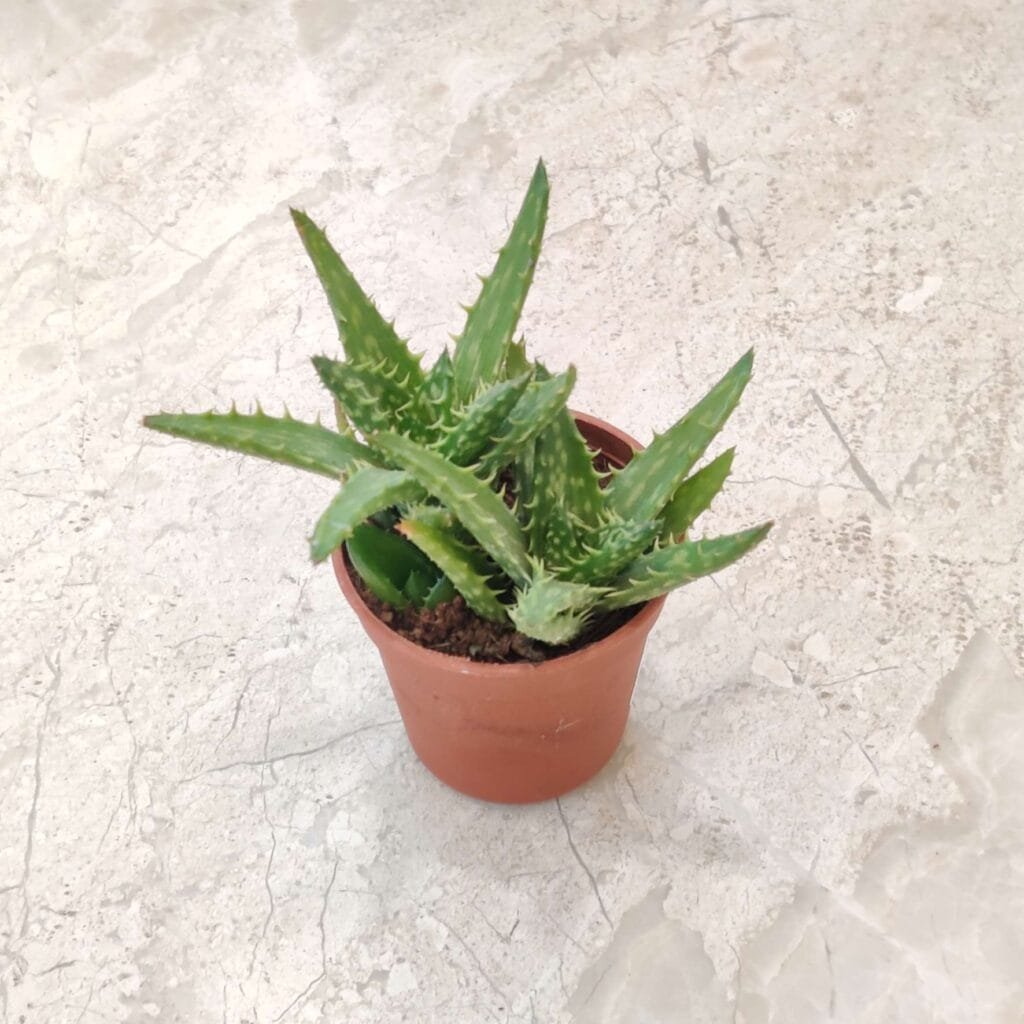
Styling and Placement Ideas
Aloe Juvenna is highly versatile and fits well in different environments.
- Living Room: Place on coffee tables or shelves as a centerpiece.
- Kitchen: Handy for its burn-soothing sap.
- Office Desk: Adds greenery and reduces stress.
- Bedroom: Can be kept indoors, but remember it doesn’t release oxygen at night.
- Outdoors: Thrives in containers, rock gardens, and sunny patios.
Styling Tips:
- Use decorative terracotta or ceramic pots.
- Add pebbles, gravel, or sand as top dressing for a neat look.
- Pair with contrasting succulents for mixed arrangements.
- For a minimalist vibe, display it alone in a sleek modern pot.
Is Aloe Juvenna Safe for Pets?
No. Aloe Juvenna is toxic to cats and dogs.
Ingestion can cause irritation, vomiting, diarrhea, or worse. Always keep it out of reach of pets.
Winter Care for Aloe Juvenna
During colder months:
- Reduce watering to once a month.
- Provide cooler temperatures (50–53°F / 10–12°C).
- Ensure at least 14 hours of light using grow lights if necessary.
- Avoid fertilization until spring.
Conclusion
The Aloe Juvenna Plant (Tiger Tooth Aloe) is more than just a succulent. It’s a decorative, beginner-friendly, and wellness-enhancing plant that thrives with minimal effort. Whether you want a striking centerpiece, a natural air purifier, or a plant with healing benefits, Aloe Juvenna delivers all that and more.
Succulents like Aloe Juvenna not only enhance your home décor but also improve air quality and promote well-being. If you’d like to explore more about their deeper meaning, health advantages, and growing tips, check out our guide on Buy Succulent Plants Online: Discover Their Symbolism, Benefits & Care Tips.
By following the care, styling, and propagation tips outlined here, you can enjoy this captivating succulent for years while adding natural charm to your space.
FAQs
1. What is Aloe Juvenna best known for?
Aloe Juvenna is famous for its spiky “tiger tooth” leaves, easy care, and dual role as a decorative plant and natural remedy.
2. How often should I water Aloe Juvenna?
About once every 2 weeks in summer and once a month in winter. Always let the soil dry completely between waterings.
3. Can Aloe Juvenna grow outdoors?
Yes, it thrives in outdoor containers or rock gardens in warm climates. Protect from frost.
4. Does Aloe Juvenna release oxygen at night?
No, it only releases oxygen during the day.
5. Is Aloe Juvenna toxic to pets?
Yes, it is toxic to cats and dogs. Keep it away from pets.
6. Can I use Aloe Juvenna gel like Aloe vera?
It has skin-soothing properties, but Aloe vera is preferred for medicinal uses. Use Aloe Juvenna for minor irritations only.
7. What type of soil is best for Aloe Juvenna?
A fast-draining cactus/succulent mix with perlite or pumice for aeration.
8. How can I propagate Aloe Juvenna?
The easiest method is separating offsets (pups). You can also try stem cuttings or division.
9. Why are my Aloe Juvenna leaves turning brown?
Likely due to sunburn or overwatering. Adjust light exposure and watering schedule.
10. Where should I place Aloe Juvenna indoors?
In bright, indirect light—such as near an east- or south-facing window.
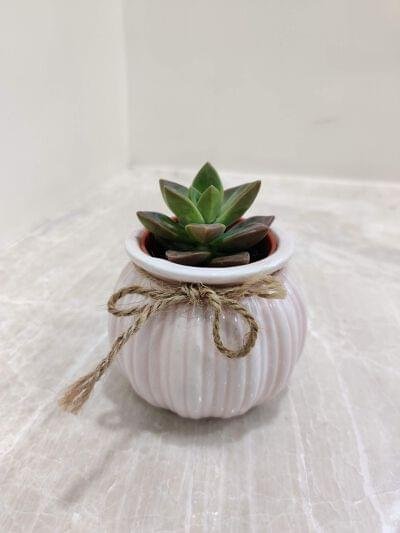
Transform Your Space with Succulents!
Discover the charm of low-maintenance, air-purifying, and stylish succulents like Aloe Juvenna and many more. Whether you’re a beginner or a seasoned plant lover, our collection of succulents, premium plant food, and elegant ceramic planters will help you create the perfect green corner.

